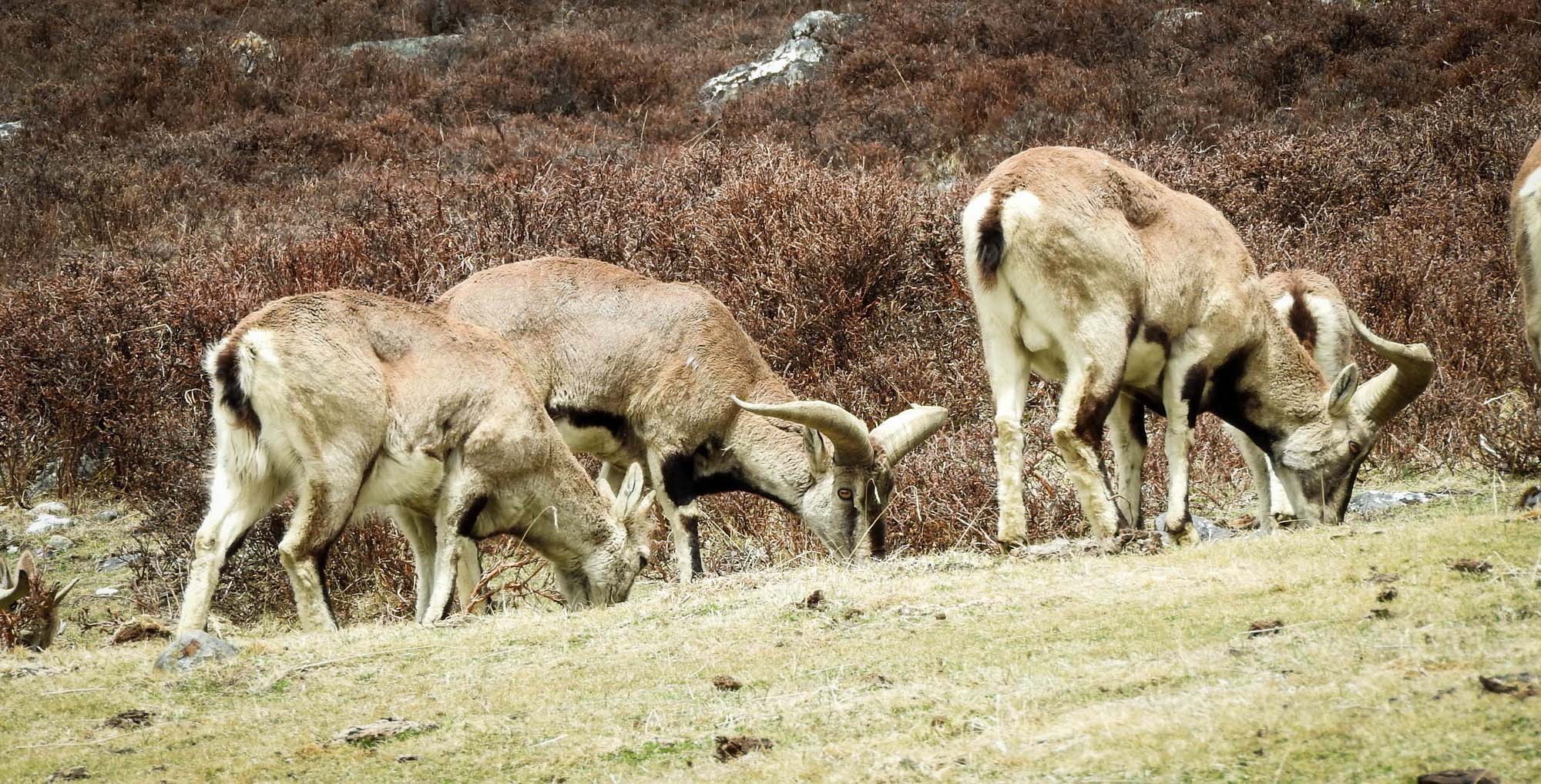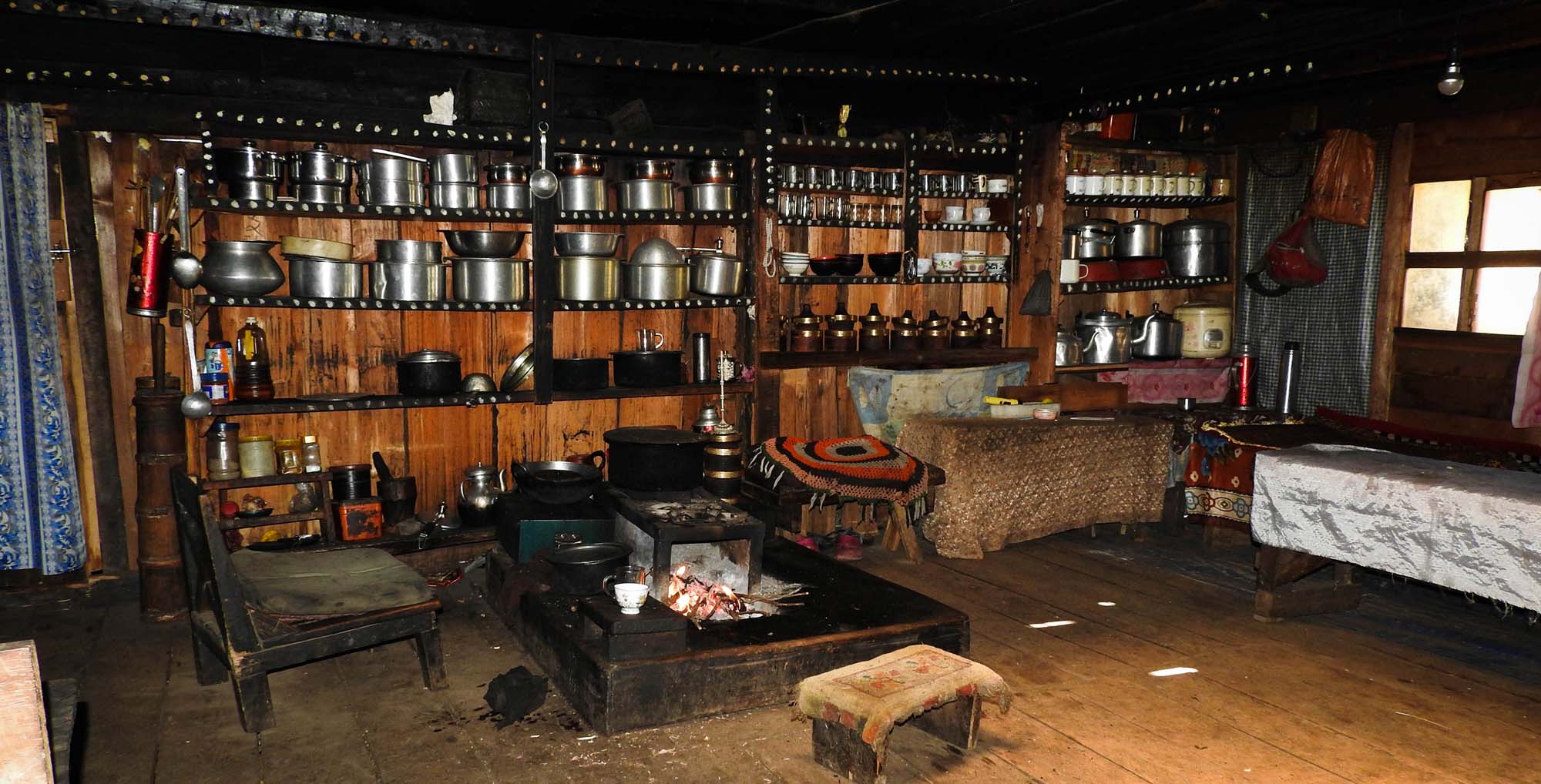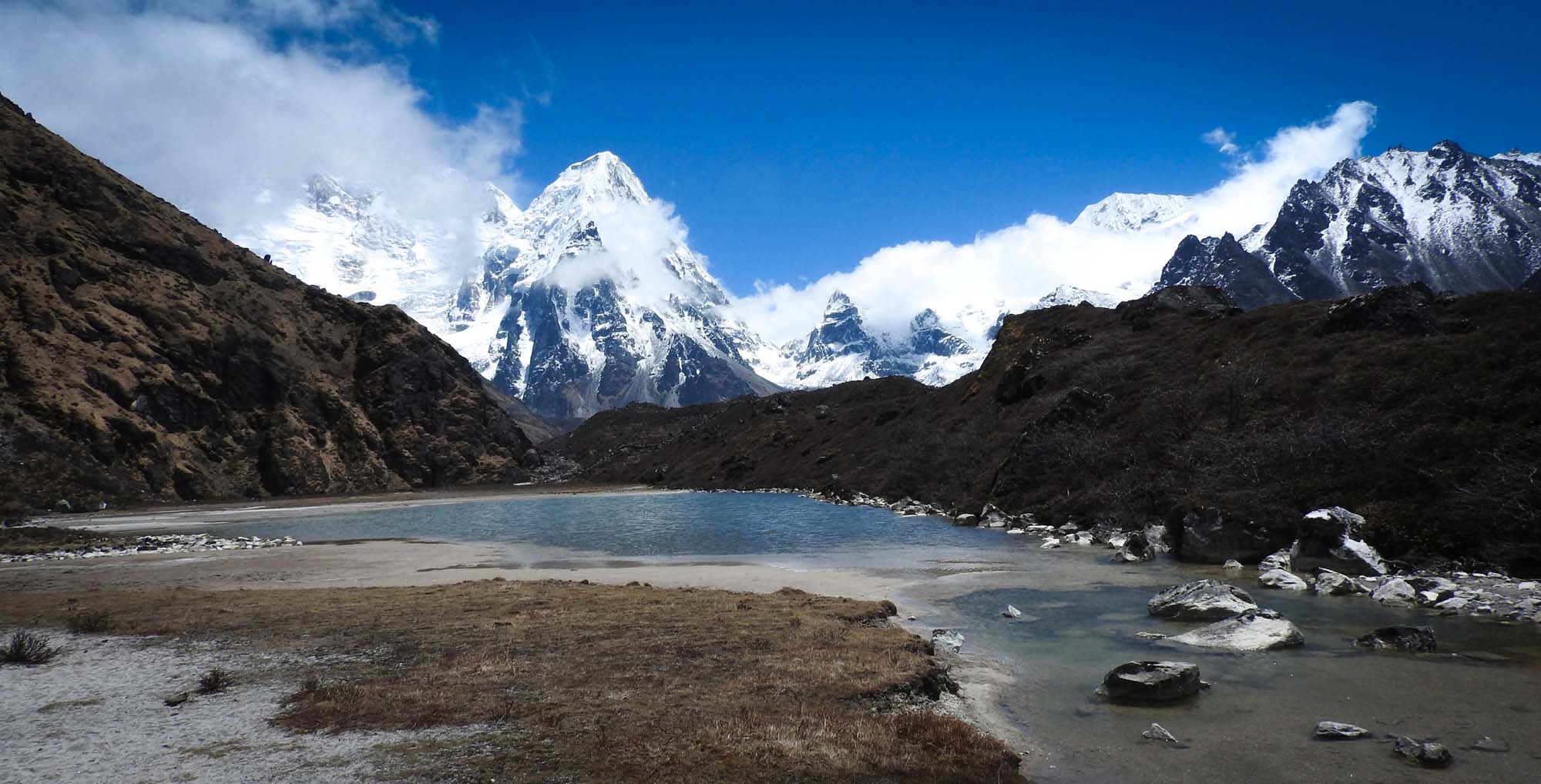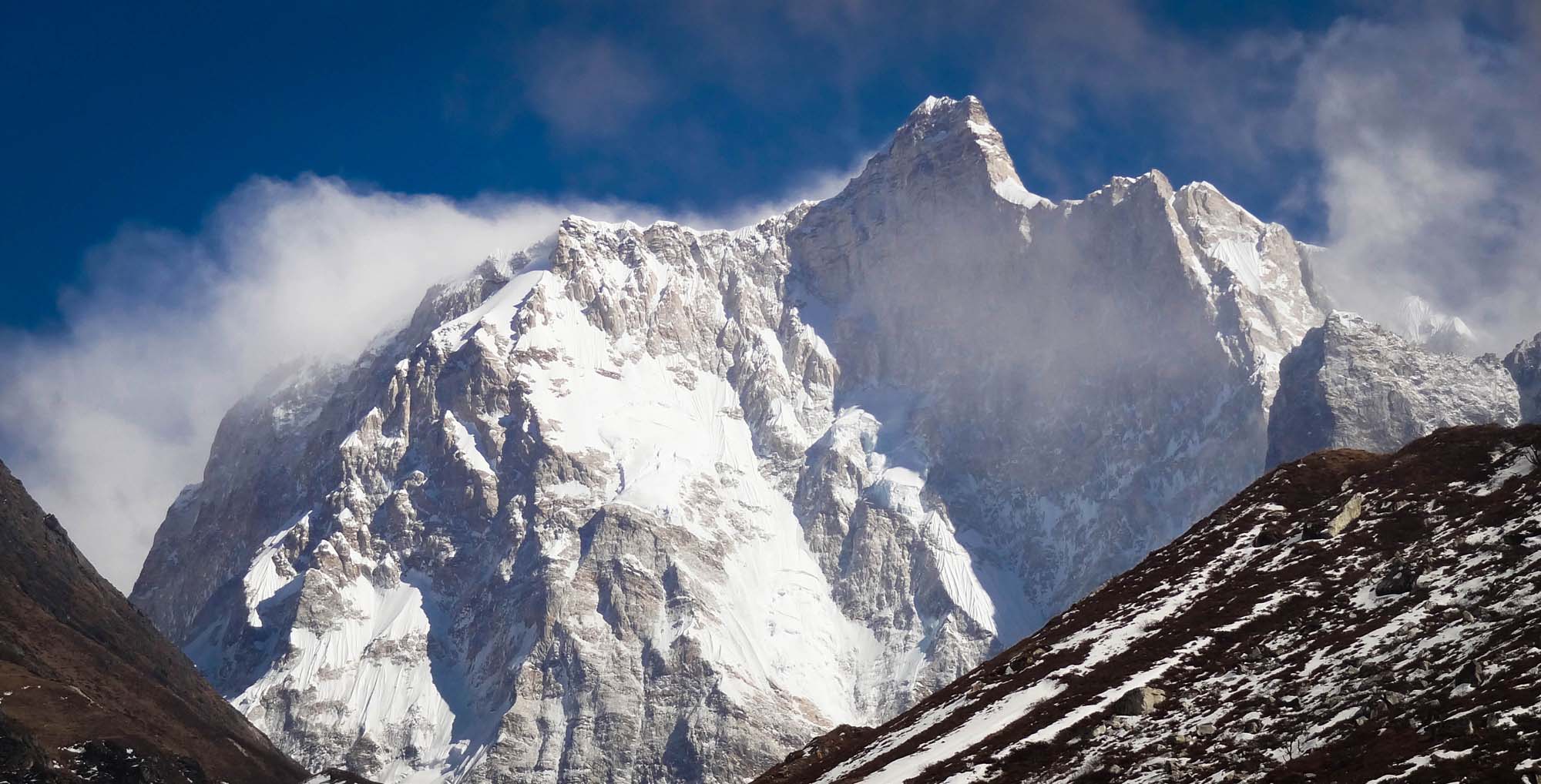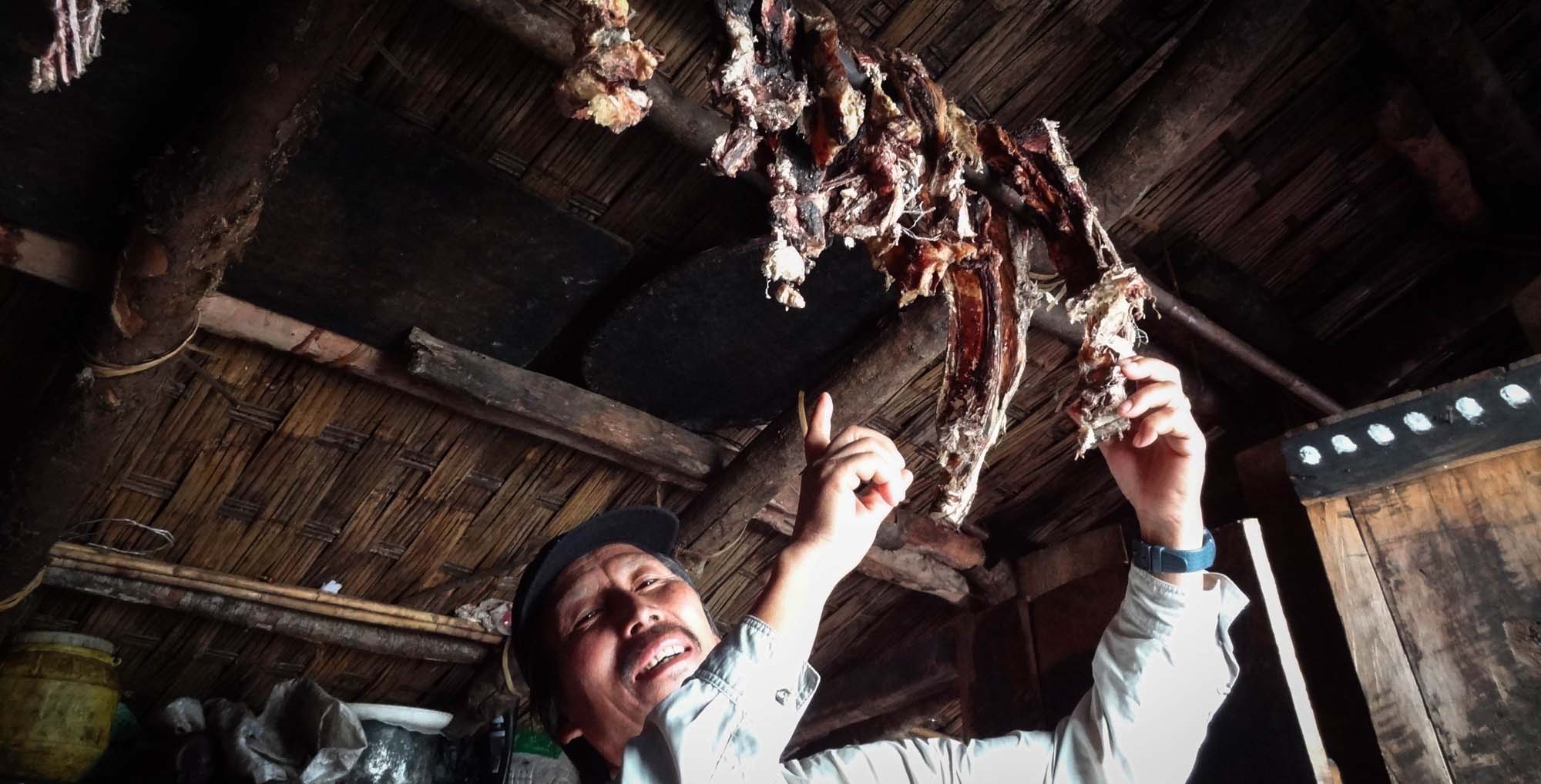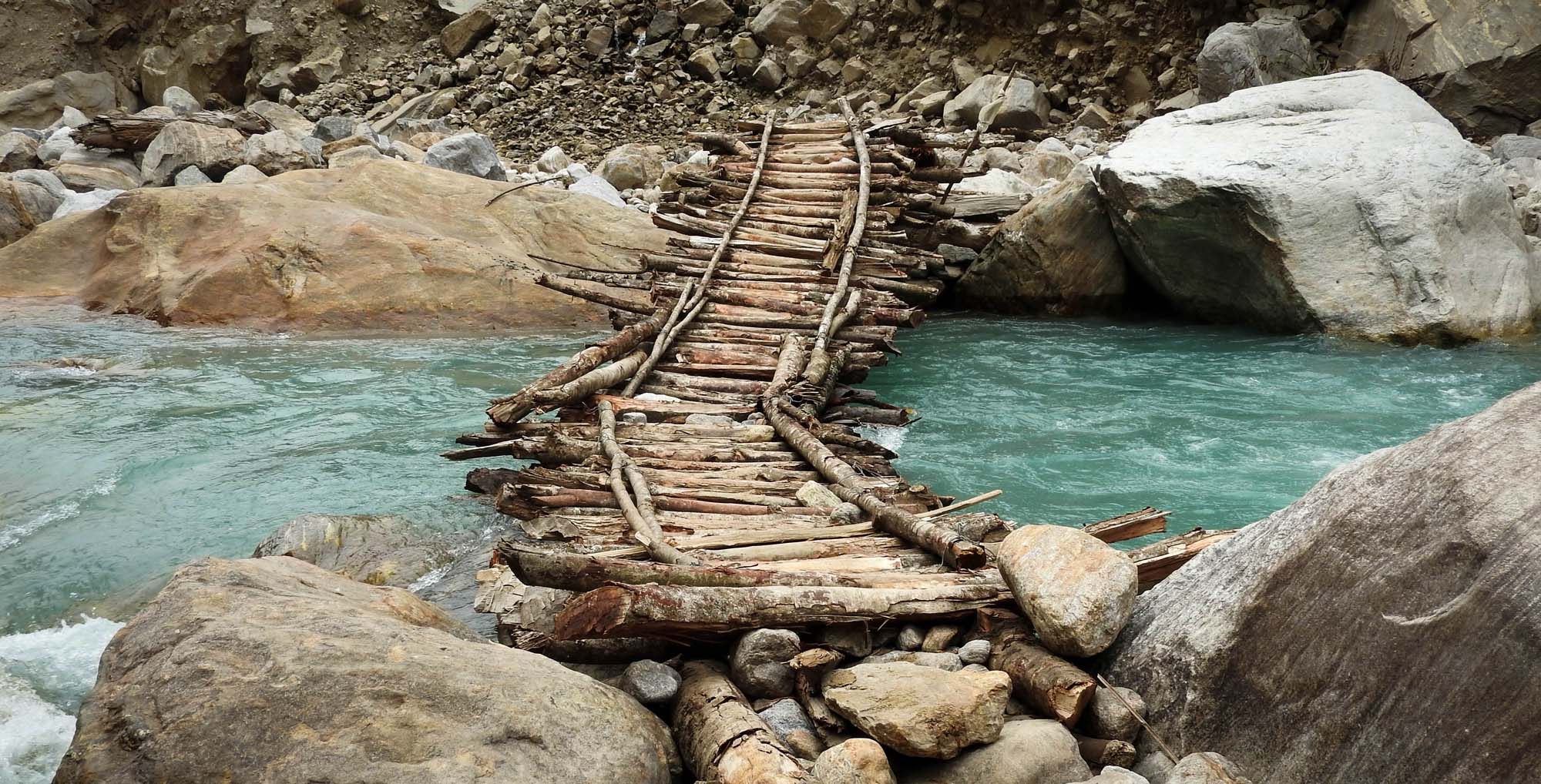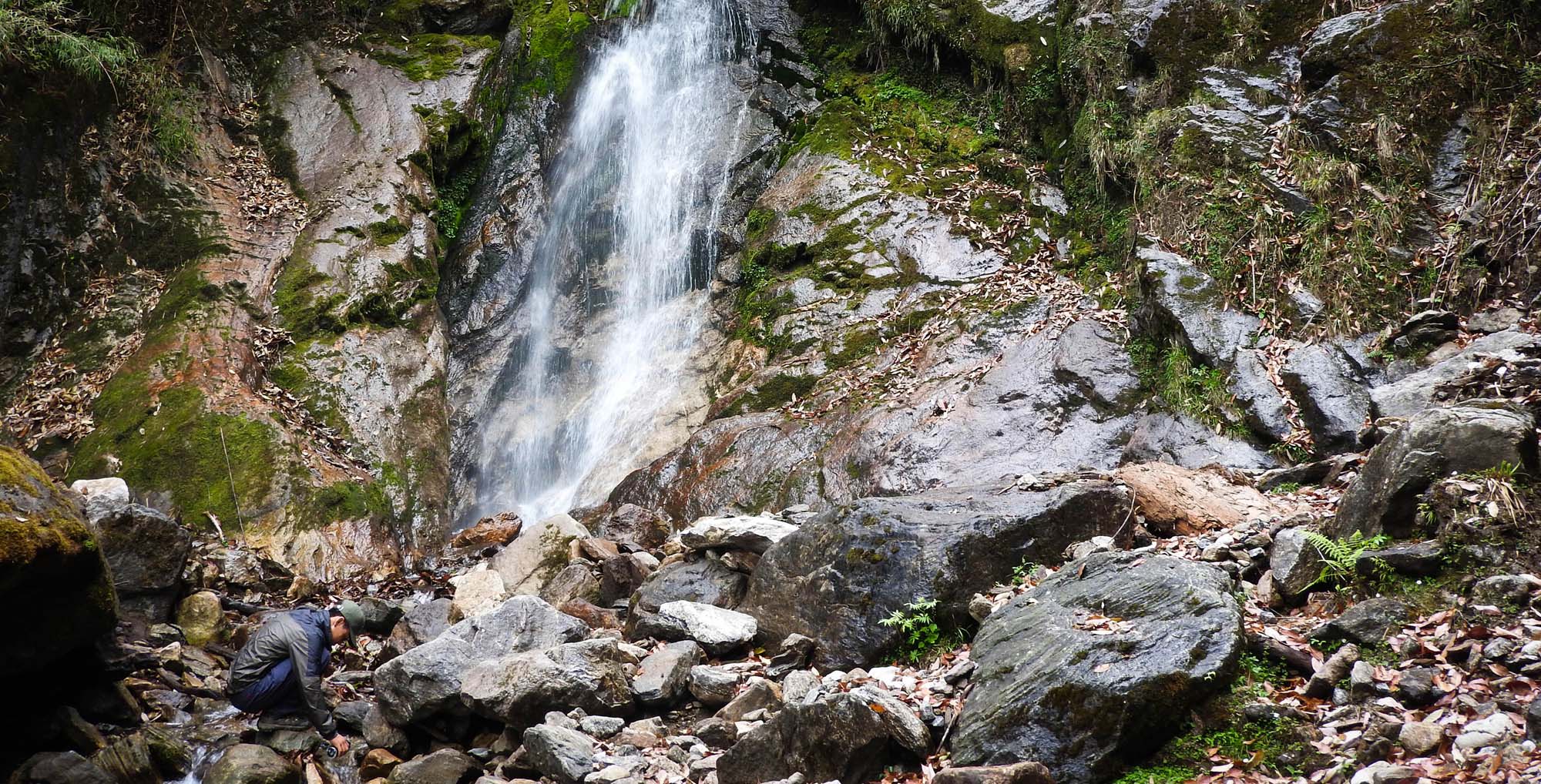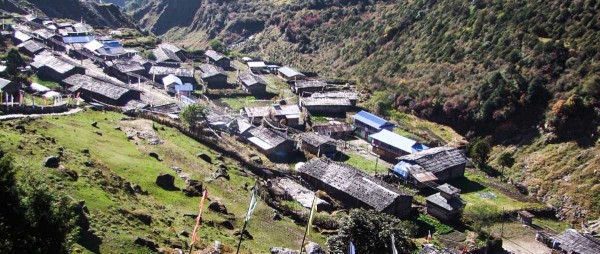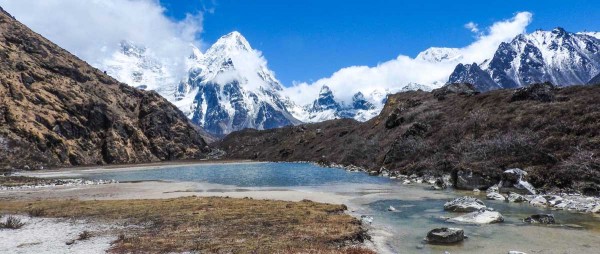Important Information
Region
Kanchenjunga Region Treks
Duration
21 Days
Max Altitude 5143m
Best Season March - November
Activity Per Day
5-6 hrs
Grade
Level 4
Group Size
2 - 20 people
Transportation Flight - Jeep
Kanchenjunga circuit or round trek is a popular trek in eastern Nepal which was opened for foreigners in 1988. For those who want to experience less crowded trekking destinations in Nepal then we recommend you trek in Kanchenjunga Area. Kanchenjunga is actually the name of the world's 3rd highest Mountain with an elevation of 8,586 meters. It lies between the borderline of Nepal and India connecting Sikkim and Darjeeling in India and the Taplejung district in Nepal. This is a perfect destination for mountain lovers where you can witness fascinating peaks like Kumbokarna (7711m), Kabru (7412m), Tent Peak (7362m), Nepal Peak (7177m), Rathong (6682m), Gimmigela, Kanbachen (7802m) and many other peaks below 7000 meters.
This circuit trek combined both the Kanchenjunga North Base Camp and South Base Camp that is Pang Pema (5,140m) and Oktong (4,580m) respectively. In the past Kanchenjunga trek was possible only by camping but now day tea houses treks are more popular. On the route to Kanchenjunga North Base Camp –Pang Pema, you will see Limbhu and Rai during your first few days and then slowly Sherpa people in the higher places. But on the southern side, you will see settlements only up to Yamphudin. Between Yamphudin to Ghunsa, you will only find tea houses. One of the wildest and unspoiled conservation areas of Nepal where one can relish in nature. You will see local people drinking Tongba which is very popular in this area. Tongba is a wooden pot filled with fermented millet seeds and added with boiled water. You sip the mixture through a special bamboo straw; with tiny filters to keep the seeds out of the drink. This drink is special in the whole Kanchenjunga Trek. You will enjoy truly genuine Nepali hospitality in remote picturesque villages and marvel at breathtaking mountain views. The entire area is one of the most sparsely populated with some of the least busy trekking trails you can find fewer tourists here.
Highlights
- Mt Kanchenjunga- Third highest peak in the world
- Tibetan hospitality
- Traditional Nepali cultures
- Remoteness and untouched natural heritages
- Wildlife such as Snow leopards, Musk deer, Red pandas, etc.
- Different landscapes from forests to meadows
- Snow-capped mountains above 8000m
- Kanchenjunga Glacier and many others
- Rivers and waterfalls
Include
Arrivals and departure transport by car (We will collect you from the Kathmandu international airport) and transfer to Hotel.
Half-day sightseeing in Kathmandu (Boudhanath and Pasupatinath) with city guide and necessary transport.
3 nights’ accommodation (2 persons per room) in Kathmandu in a 3* standard Hotel with breakfast.
Kathmandu - Bhadrapur & Bhadrapur – Kathmandu flight ticket.
All land transportations (a private car/bus)
Full Board Meal (Breakfast, Lunch, and Dinner) during the whole trek.
Government licensed guide and a porter for two people.
Kanchenjunga special permits and national park entry permits.
Group First Aid Kit.
HWW Company Duffle Bag for luggage
Exclude
Meals & drinks during the trek and in Kathmandu (unless stated otherwise under ‘The trip cost includes’)
Personal trekking equipment
Travel/medical insurance
Emergency rescue evacuation
Phone calls
Internet
International air ticket
Tips for your trekking guide & porters at the end of the trek
If you’re forced to extend your trek due to bad weather or natural disaster circumstances, we are not liable to pay any compensation or otherwise be responsible for any expenses you may incur
Anything not mentioned in the ‘includes section’
Nepal entry visa Fee.
Route Map
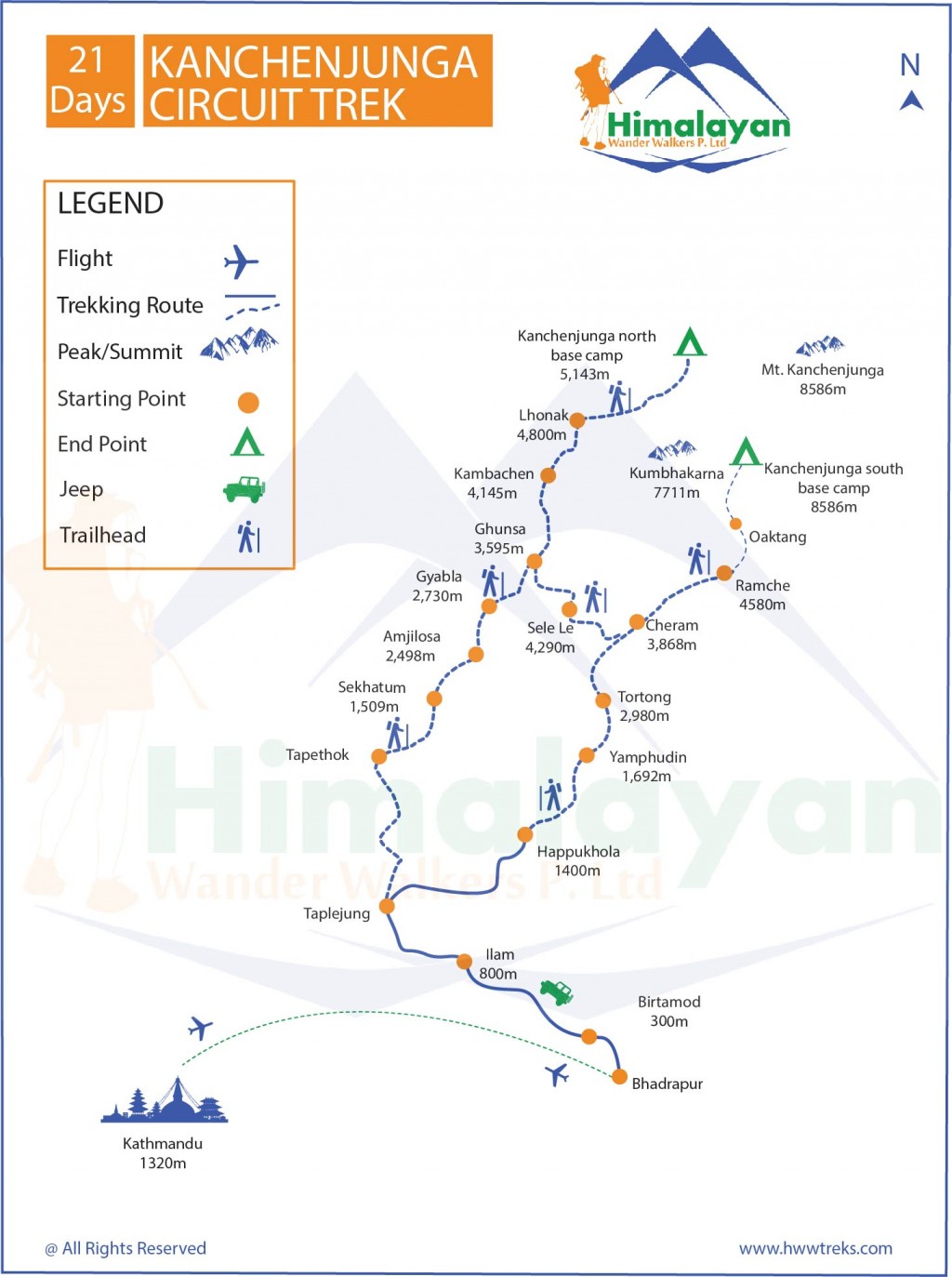
Important Information
* The Price given here is per person based on a minimum of 2 people. The price will be cheaper with an increase in the number of people.
* Single Supplement applied (In Case of Single Trekker)
CHECKLISTS FOR KANCHENJUNGA CIRCUIT TREK
- Valid passport (valid for six months from the date of your trip)
- One other picture ID, such as driver’s license (in case of emergency and for use as a substitute of passport or in case of loss of your passport) Photocopy of passport page to carry in a wallet
- Air tickets (Make a copy of flight tickets which may be helpful, in case of loss)
- Visa Clearance (Make a copy of visa clearance which may be helpful, in case of emergencies)
- MasterCard, Visa Credit, and Debit Cards are accepted in Nepal. However, traveler's cheques and some cash are highly recommended.
- Mobile (if your cell phone is from CINGULAR USA or ATNT (USA) operators then your cell phone will work in Nepal.)
Guiding, Food, and Lodging
Trekking in Nepal, all trekking supplies - Teahouse trekking means staying and eating in local lodges. We stay in single rooms where possible, but often you will have to share. The rooms are basic, normally just a bed with a pillow, blankets. A few have electric lights and all have a spacious dining room-lounge. We eat at teahouses and, although the food is usually plentiful and delicious, the menu is not extensive. They offer a variety of potatoes, rice and noodle dishes, as well as soup and seasonal vegetables. Beers and local spirits are often available, but that will be at your own cost. A variety of cereals, bread, and egg dishes are generally available for breakfast. There are also snacks available such as basic biscuits, chocolate, and soft drinks and in some areas, you will find fresh fruit in season. It is normal to meet your porter in the teahouse where you will stay overnight. So, pack your necessary things in your own day pack.
DRESS CODE FOR VISITING MONASTERIES, AND TEMPLES
- Shirt (either half or full sleeve)
- Full pants/long skirts
- Any type of shoes with socks
- No Hats, No Umbrella, No Slippers, No t-shirts, No short skirt, and No half-pants
- Photographs allowed in the courtyard only.
Note regarding itineraries
Although we generally adhere to the schedule, the itinerary is subject to change for numerous reasons beyond our control, including weather and terrain conditions, suitable campsite availability, and the group's general fitness level. It is important to understand that our trek is logistically complex and it is not unusual that adjustments be made. Our guide will orient you each evening to the following day's plan; their good judgment is the key to the long history of successful treks that Himalayan Wander Walkers has led till now. Please remember that our ability to make adjustments as needed helps to ensure that your trek is successful.
Frequently Asked Question
Although trekking gear is available in Nepal you are advised to bring your own gear.
Trekking or running shoes Camp shoes or thongs Socks (polypropylene)
Down or fiber-filled jacket Jumper or piled jacket Hiking shorts Waterproof jackets, poncho or umbrella Hiking pants T-shirts or blouses Underwear Sun hat
Rucksack Self Inflating Sleeping Mattress (optional) Water bottle Torch, batteries, and bulbs
Extra prices:
Let us help you decide Inquiry

